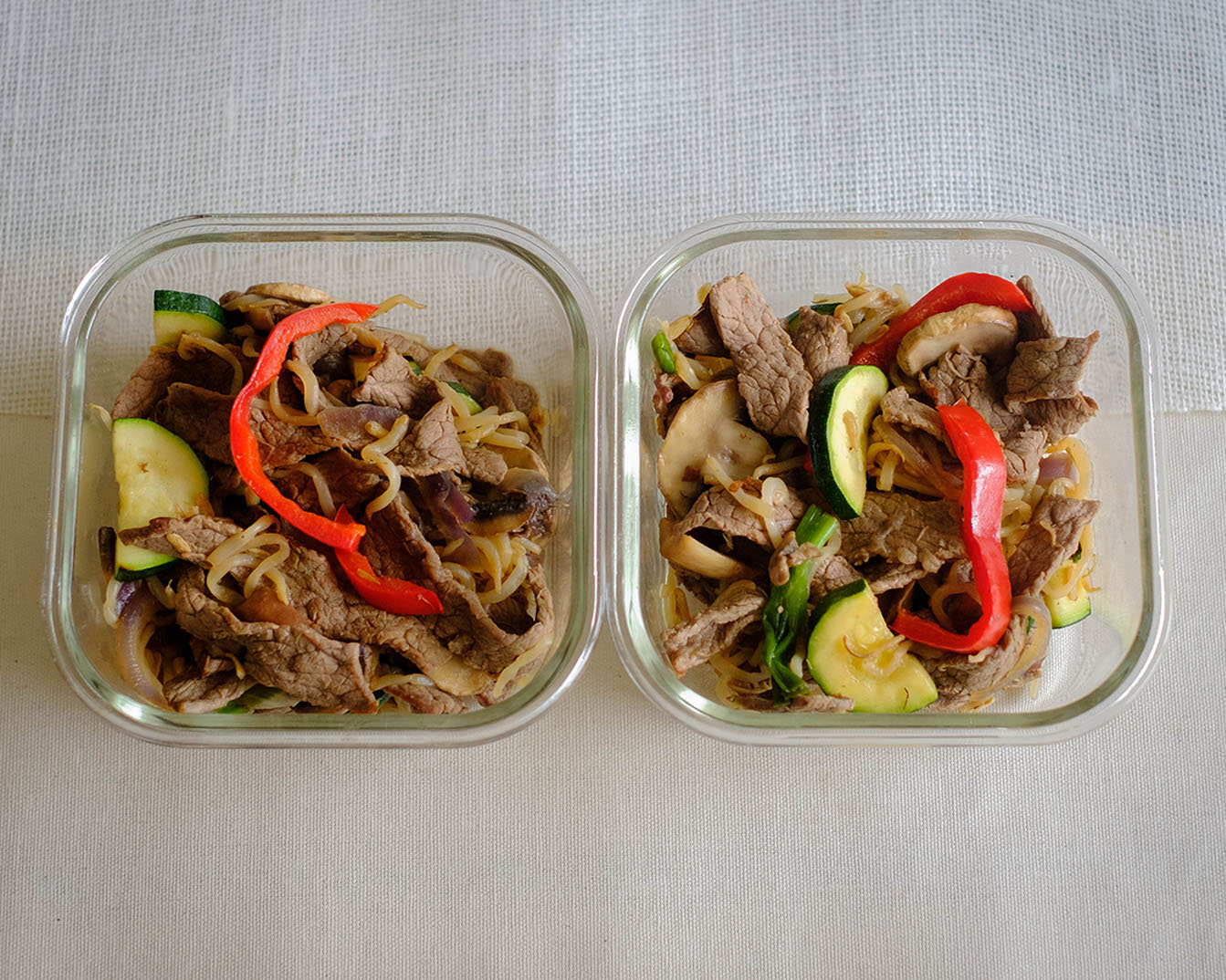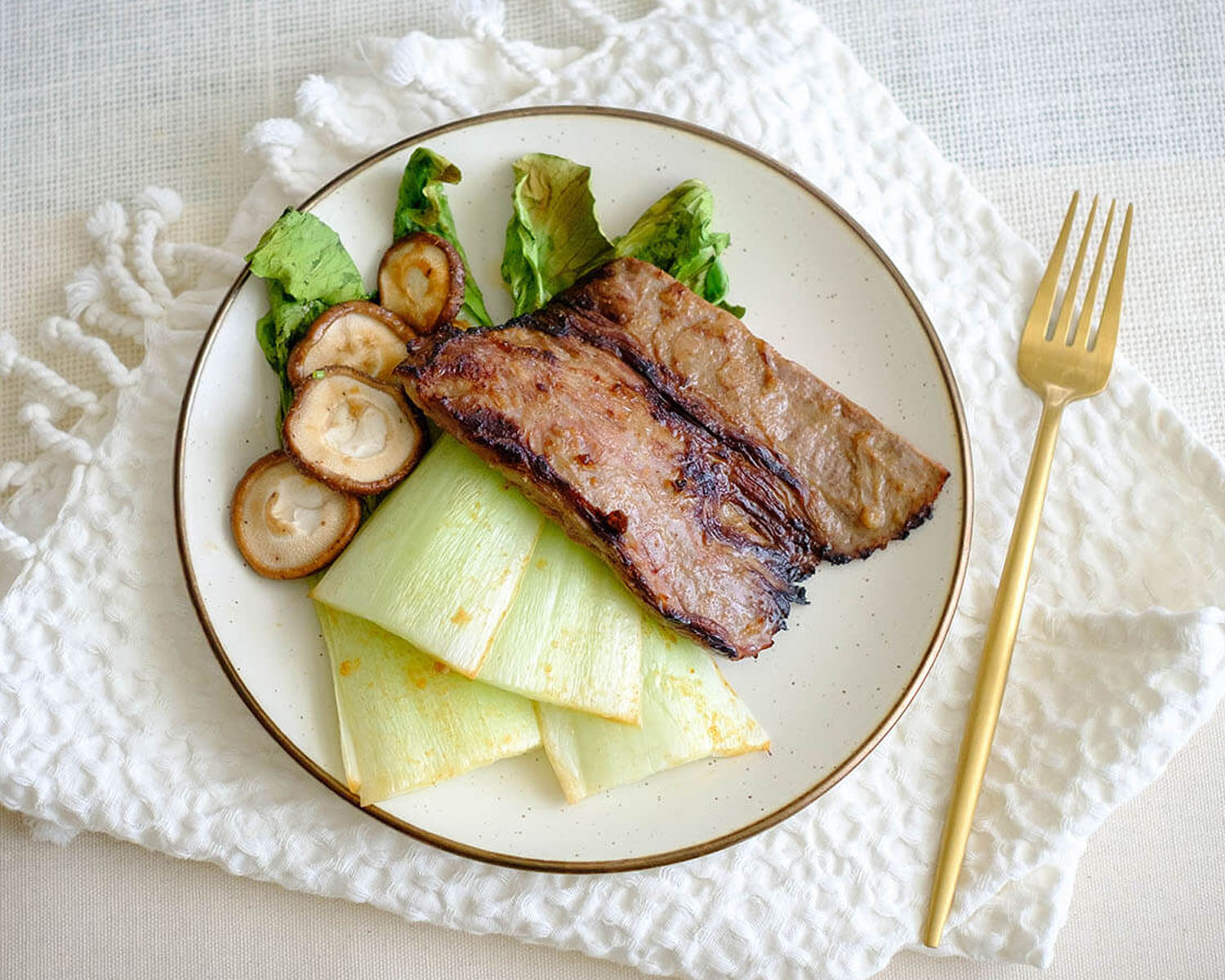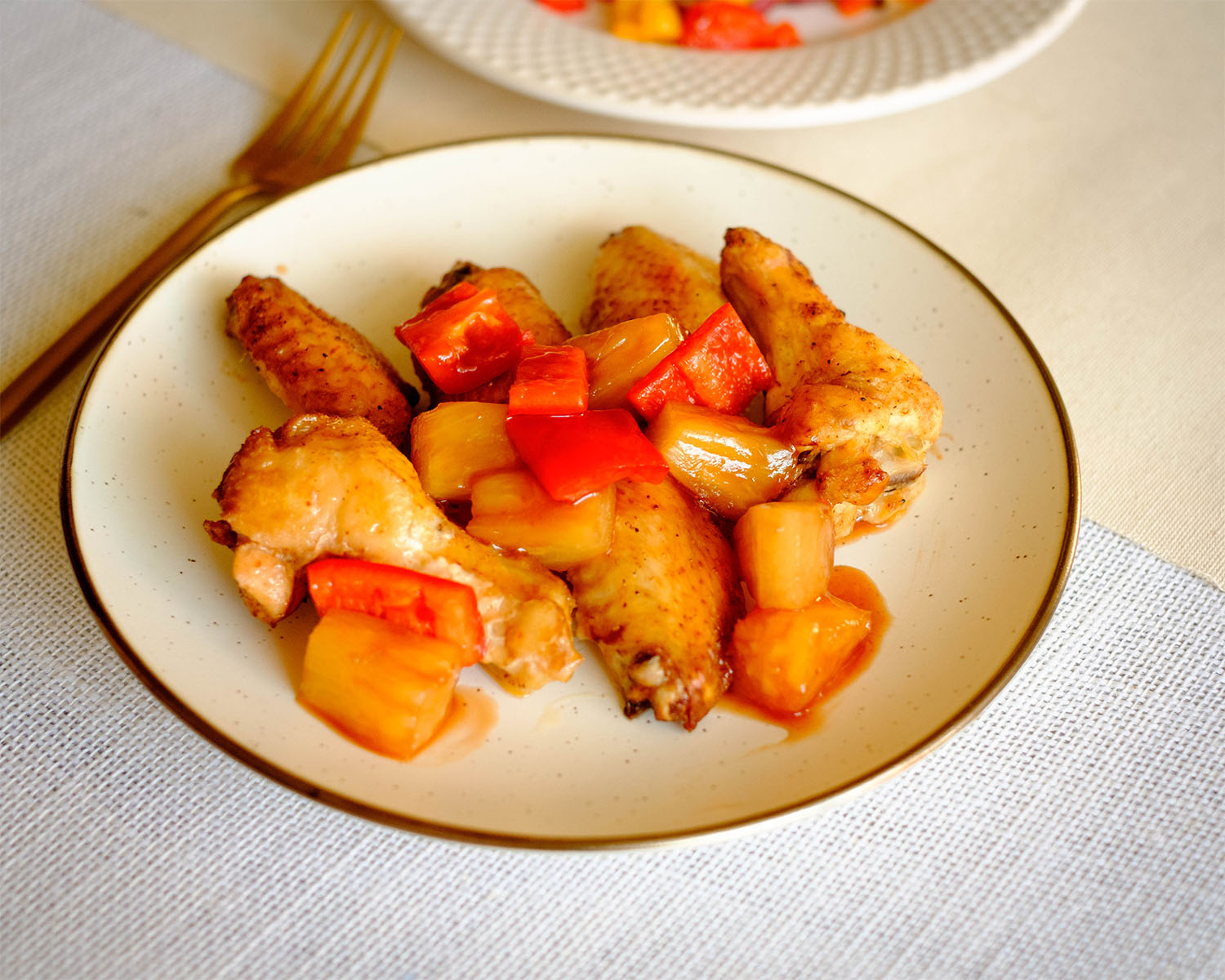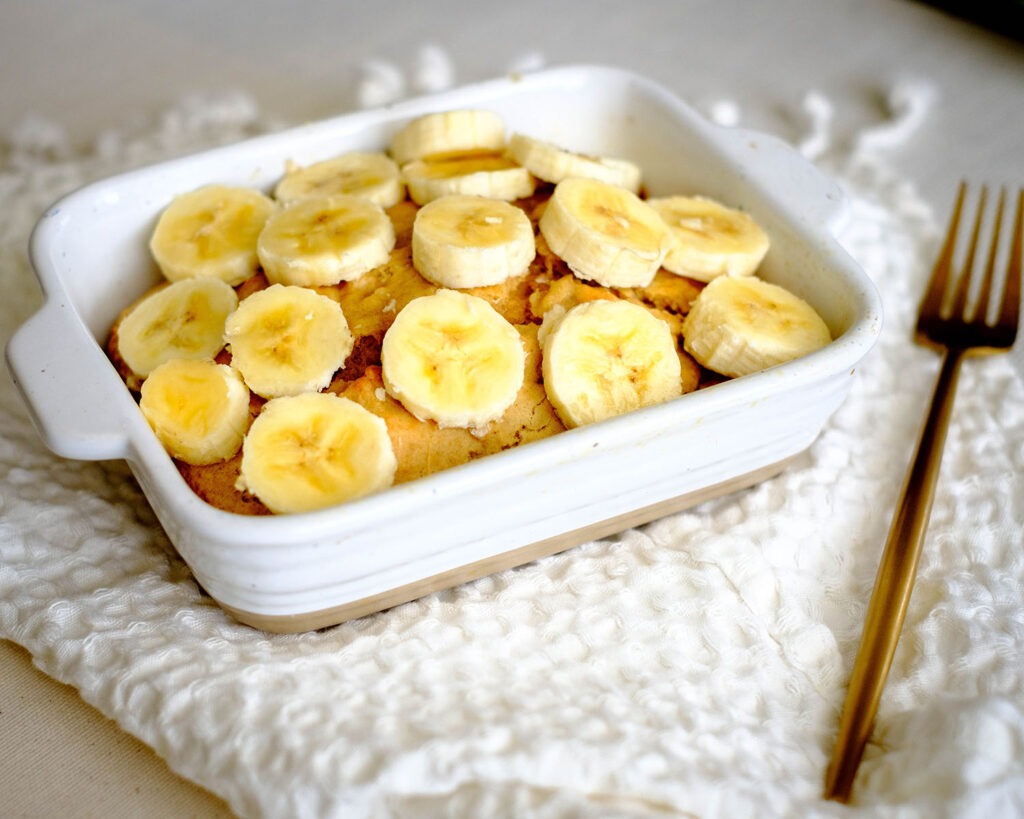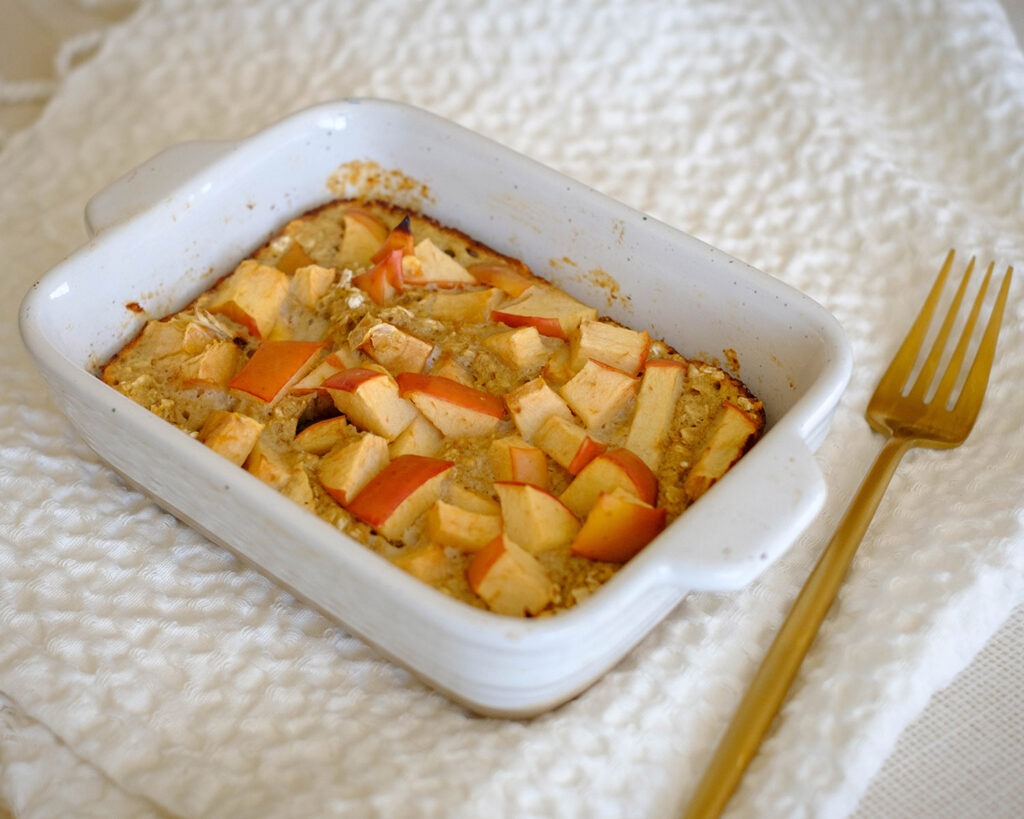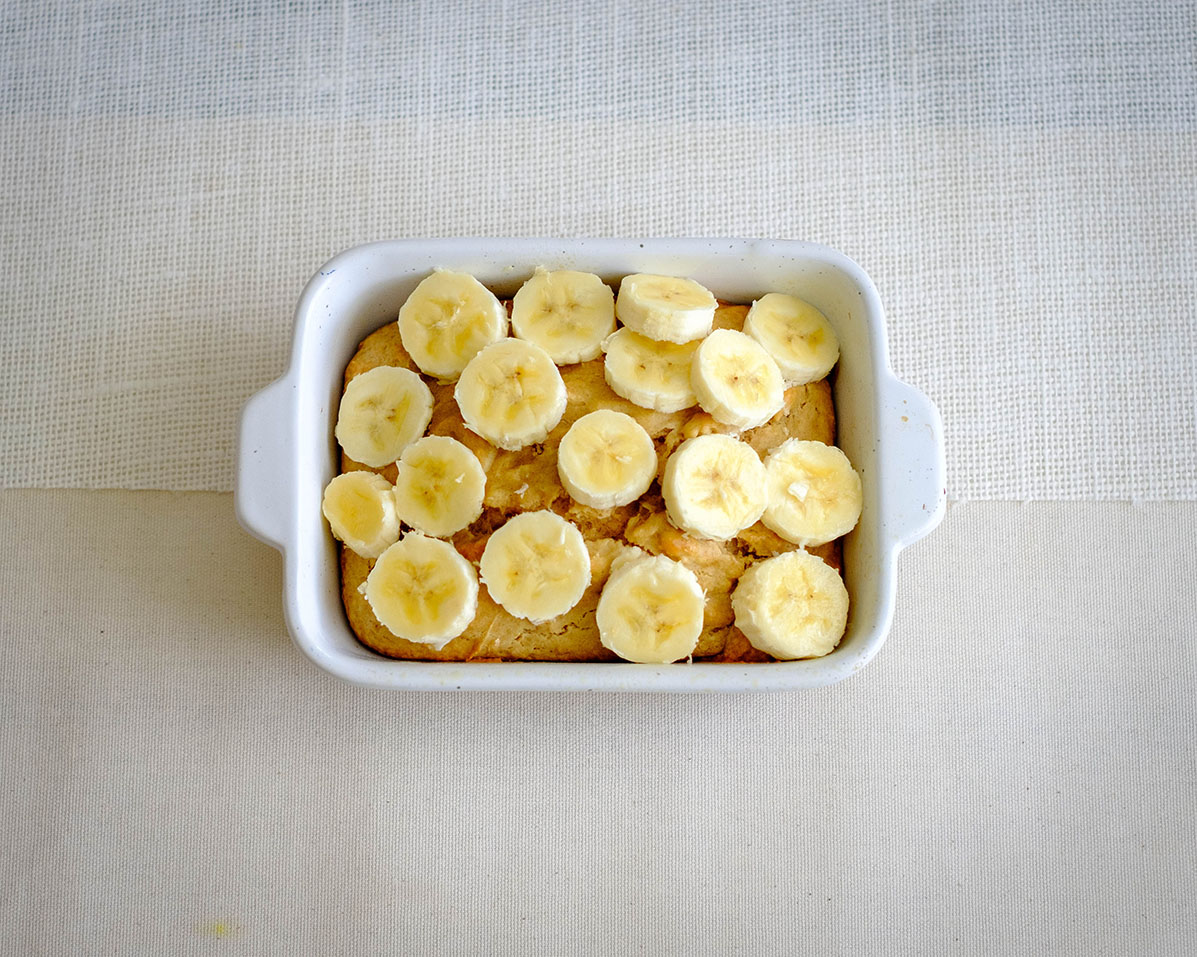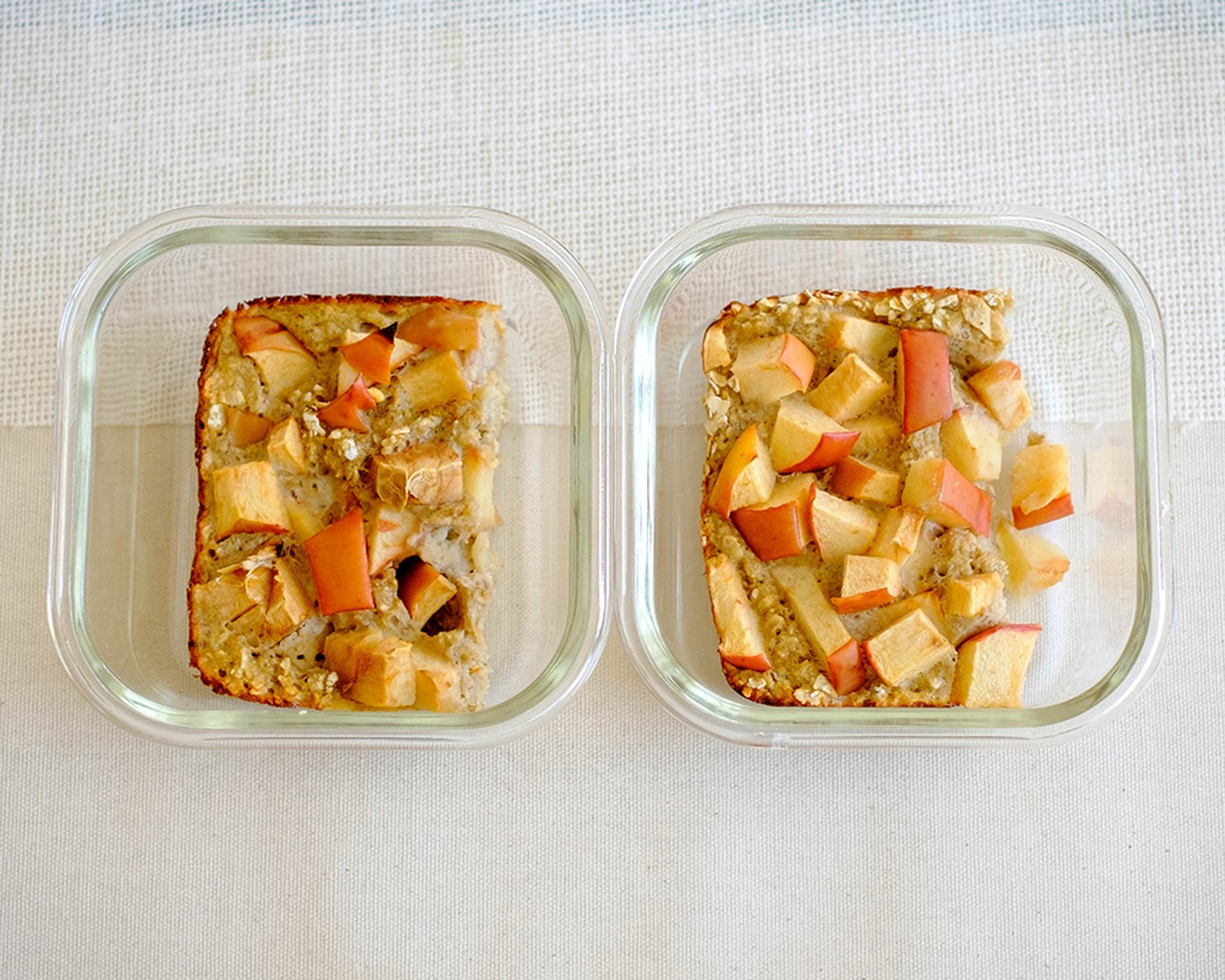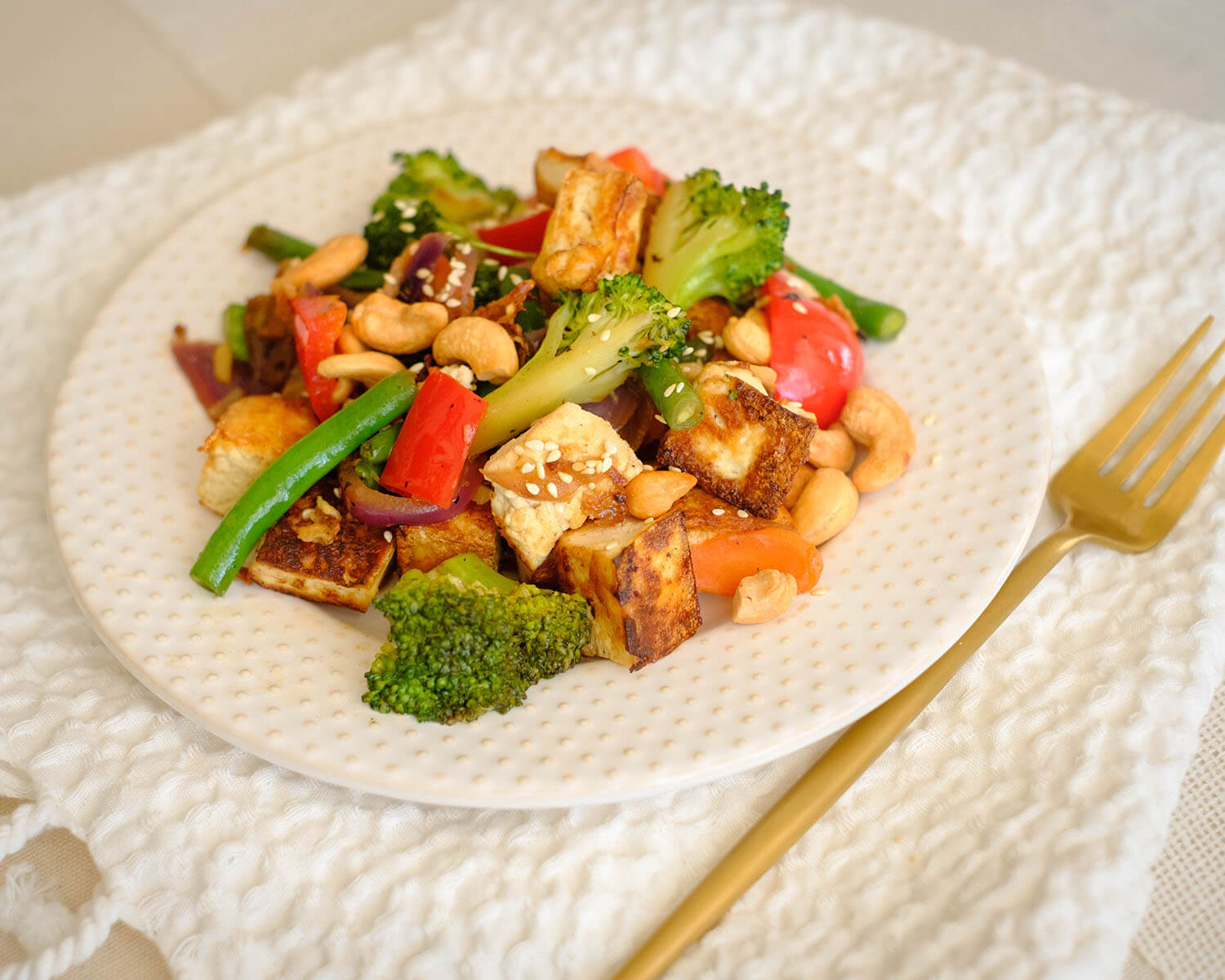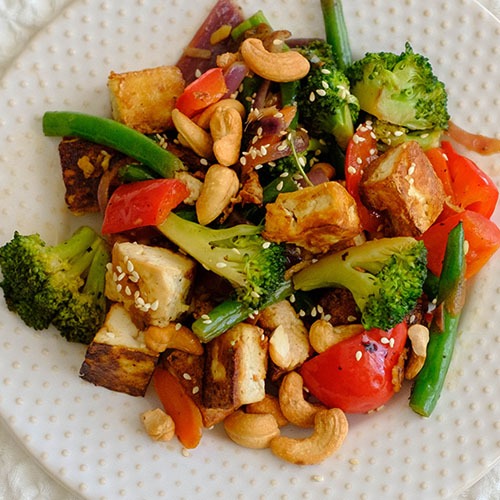
Everyone finds different ways to beat the heat as summer rolls in and changing up your meal prep routine can be a great way to handle the heat. Use this guide of cool asian meal prep for hot summer days to add a bit of asian cuisine to your summer meal plan. These refreshing and light recipes use cold or room temperature foods to avoid stacking the heat up. This can help prevent mid day sweating, keeping you fresh for longer at work.
Don’t be discouraged by the names. A lot of these recipes are quite easy to make and don’t require special cooking tools. They may require ingredients that you don’t have unless you regularly cook Asian recipes though.
There are more great recipes that we did not cover in this article so come back if you’re interested in more recipes to beat the heat.
1. Vietnamese Spring Rolls
Spring rolls are delicious, easy to make, and a great mix of unique flavors. Typically served chilled with a peanut sauce so it’s one of the few savory meals meant to be served cold. Pro tip: Keep the components (rice paper, fillings, and sauce) prepped separately in the fridge. Assemble just before eating for maximum freshness and crunch.
Prep the Fillings: Cook the vermicelli noodles according to the package instructions, prepare all the veggies and herbs: wash, peel, and cut into thin strips or leaves.
Make the Dipping Sauce: In a small saucepan over low heat, whisk together hoisin, peanut butter, soy sauce, vinegar, and water until smooth and slightly thickened. Pour into a bowl and top with crushed peanuts and chili flakes if desired.
Soften the Rice Paper: Dip one rice paper wrapper in the water for about 5 seconds until it softens slightly (don’t over-soak—it will continue softening on the plate).
Assemble the Roll: Layer the veggies, add the shrimp, and roll up like a burrito.
2. Japanese Cold Soba Noodles
Cold buckwheat soba noodles in a chilled dipping sauce is a fantastic summer day lunch. The nutty and earthy flavor is mild and refreshing. Unlike wheat noodles, they are not heavy and dense, but instead are delicate and light.
Make the Dipping Sauce (Tsuyu): Combine dashi, soy sauce, and mirin in a small saucepan. Bring to a gentle simmer, then remove from heat and chill in the fridge (let rest for a bit till room temp.
Cook the Soba Noodles: Boil water in a large pot. Add the soba noodles and cook according to the package instructions (usually 4–6 minutes).
Cool and Rinse: Drain the noodles in a colander and immediately rinse under cold running water. Let them drain completely. Optionally, chill further with ice.
3. Thai Larb Gai Lettuce Cups
Probably less common in the US, Thai Larb Gai is a classic Thai dish. Chilled and packed with flavor from minced chicken or tofu to the lime juice, fish sauce, and mint. All served in a fresh, crisp lettuce cup. Store the larb and lettuce separately in airtight containers.
Make Toasted Rice Powder (Khao Khua): Heat a dry pan over medium heat. Add 1 tbsp uncooked white rice and toast, stirring constantly, until golden brown and fragrant (about 5–7 minutes). Cool slightly, then grind into a coarse powder using a mortar and pestle or spice grinder.
Cook the Chicken: Cook on medium to high heat, breaking up chunks for a good consistent size.
Season the Larb: While the chicken is still warm, stir in the toasted rice powder, fish sauce, lime juice, sugar, and chilies. Mix in the shallots, scallions, mint, and cilantro. Taste and season to preferred levels.
Assemble the Lettuce Cups
4. Japanese Onigiri (Rice Balls)
One of the most iconic Japanese foods, at least in America, is Onigiri. A handheld rice ball, filled with tuna mayo, grilled salmon, or pickled plum. Meant to be eaten at room temperature, these are quick snacks that pack flavor and are fun to eat. Pro tip: Wrap each onigiri individually in plastic wrap and store in the fridge. Let them come to room temp before eating.
Cook the Rice: Rinse the rice several times until the water runs mostly clear. Combine rice and water in a rice cooker or pot. Cook until soft and slightly sticky. Let the rice rest for 10–15 minutes after cooking to firm up.
Prepare Fillings: Make sure fillings are cool and dry—excess moisture can make the rice soggy. If using tuna mayo: mix 1 small can of tuna with 1–2 tablespoons of Japanese mayo.
Shape the Onigiri: Wet your hands with water and sprinkle with salt to prevent sticking and add flavor. Grab a small handful of rice and flatten into a small cup shape before adding your filling and adding a bit more rice to cover it up. Massage into your desired shape.
Add Nori: Wrap with a strip or sheet of nori.
5. Asian Chilled Tofu Salad
Tofu tends to be one of those ingredients that people either love or hate. If you find yourself looking for a high-protein meal that can help keep you cool, consider Asian chilled tofu salad. It packs a lot of flavor and has excellent protein. Also, it doesn’t require any cooking so it’s the easiest on the list to prepare and a great place to start your cool Asian meal prep journey.
Prep the Tofu: Gently remove the tofu from the package and drain any excess water. Cut the tofu into thick slices or cubes
Make the Dressing: In a small bowl, mix soy sauce, sesame oil, vinegar, and sugar (or honey) until dissolved. Taste and balance the salty, tangy, and sweet flavors.
Assemble the Salad: Arrange the tofu on a plate or shallow bowl. Spoon the dressing over the tofu evenly. Scatter scallions, sesame seeds, and any optional toppings on top.
6. Korean Cucumber Kimchi
Kimchi is one of our favorite Asian recipes. The tang goes perfectly with so many savory dishes. The chill helps cut the heat of the main course, and that little bit of spice brings out the subtle notes in the rest of your dish. Make a big batch and let it marinate in the fridge, the flavor only gets better with time.
Prep the Cucumbers: Wash cucumbers and slice. Toss with 1 tsp salt in a bowl and let sit for 15–20 minutes to draw out excess moisture. Gently squeeze the cucumbers to remove more liquid.
Mix the Seasoning: In a bowl, combine gochugaru, vinegar, fish sauce, sugar, garlic, scallion, sesame seeds, and sesame oil. Stir to make a paste-like marinade.
Combine: Add the cucumbers to the seasoning mix and toss well until evenly coated.Chill and Serve: Let sit for 10–15 minutes before serving for best flavor or let them sit overnight in the fridge for a light fermentation.






